Tube use keeps rising; bus use keeps falling. A tale of two modes of city transport
The latest figures of TfL transport use in the capital are out and show a continuation of patterns seen over the past couple of years with tube use up and bus use down.
Apart from a brief blip around 2017 tube use is growing as it has for the past couple of decades. Latest monthly figures show 102.9 million journeys compared to 100.4 million the same month a year before. Back in 2010 use was 82.9 million for the equivalent month.
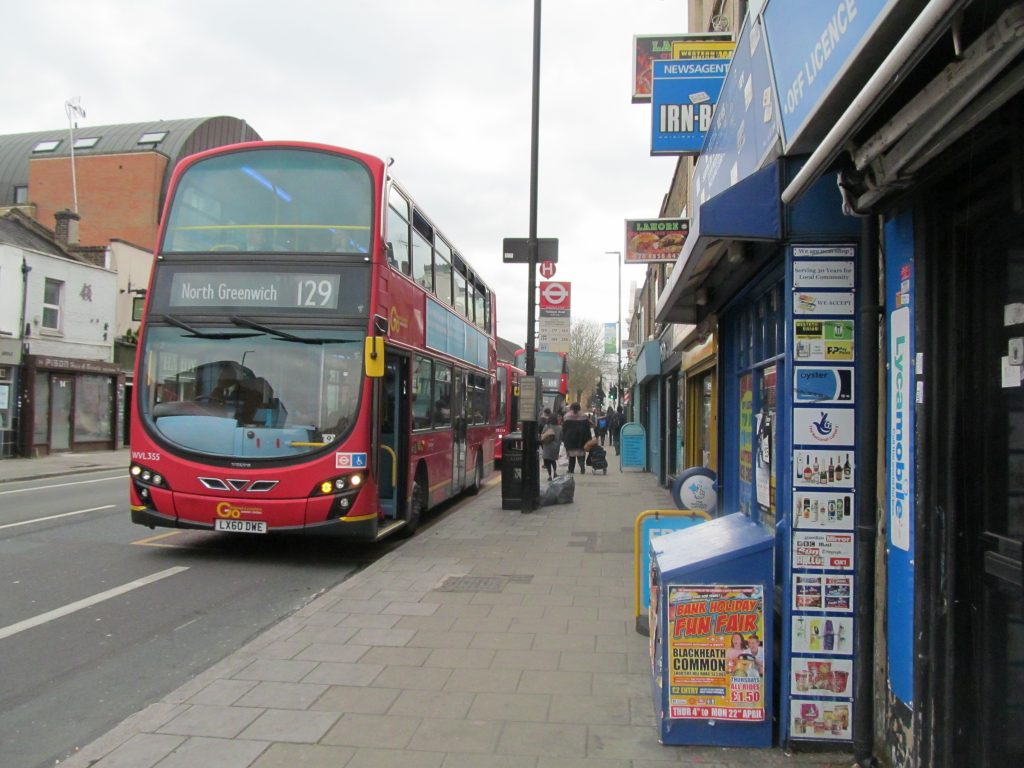
Monthly figures are of course volatile but so far this year that same general pattern has been evident and we are now almost half way through the financial year.
Bus use continues in the opposite direction at 150.1 million this year against 151.5 million last year. Back in 2010 bus use was 160.4 million.
Again those are monthly figures match annual trends.
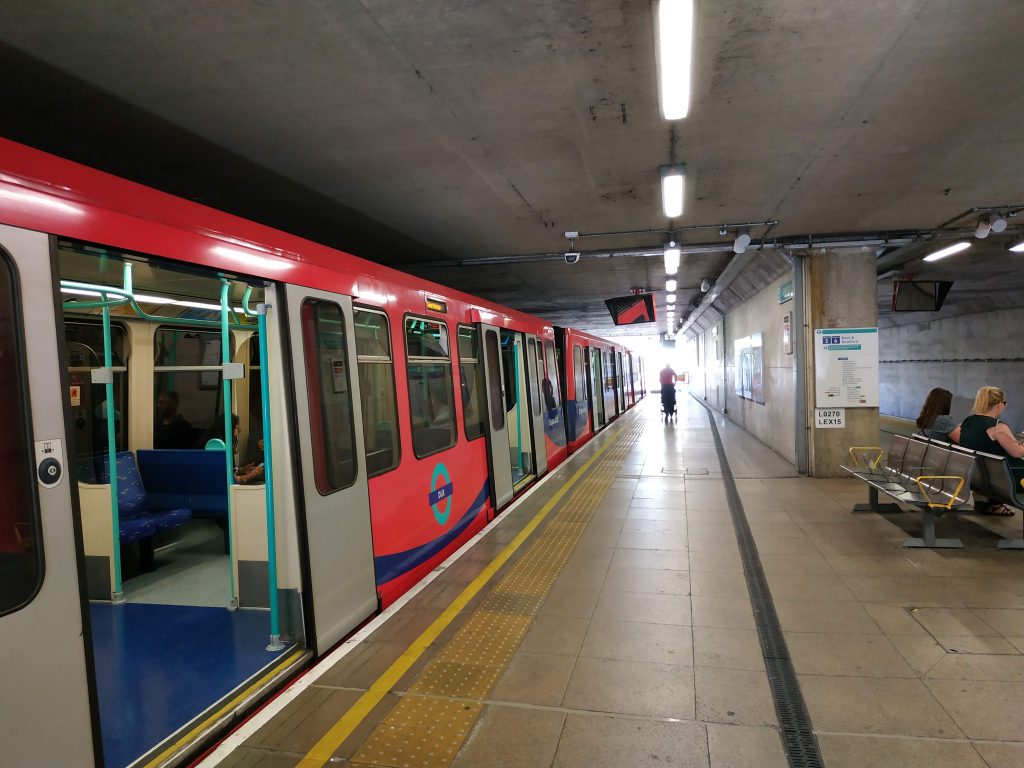
DLR use was up slightly and London Overground down slightly. TfL Rail is up a sizable amount over this financial year as TfL have taken over more services in advance of Crossrail. The next transfer is London Paddington to Reading services in December this year.
Private franchise rail use in London is not reported in these figures and rail franchises are not liable to Freedom of Information requests in regards to use unlike TfL. The only reason we now know usage at Abbey Wood station (and how use has increased sharply) and can see changes by month is because TfL are now in charge. One of the only ways to find out about wider usage is via shareholder reports.
The latest shows a 3.6 percent growth across the Southeastern network but that is not broken down by Metro or long distance routes. Annual station usage figures give another clue and will be released in December.
Running a site alone takes time and a fair bit of money. Adverts are far from enough to cover it and my living costs as a private renter.
You can support me including via Paypal here Another option is via Patreon by clicking here You can also buy me a beer/coffee at Ko-fi here There's also a Facebook page for the site here Many thanks
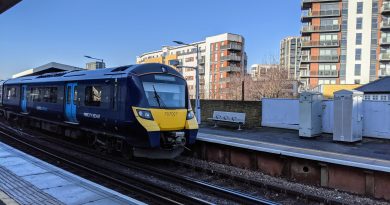
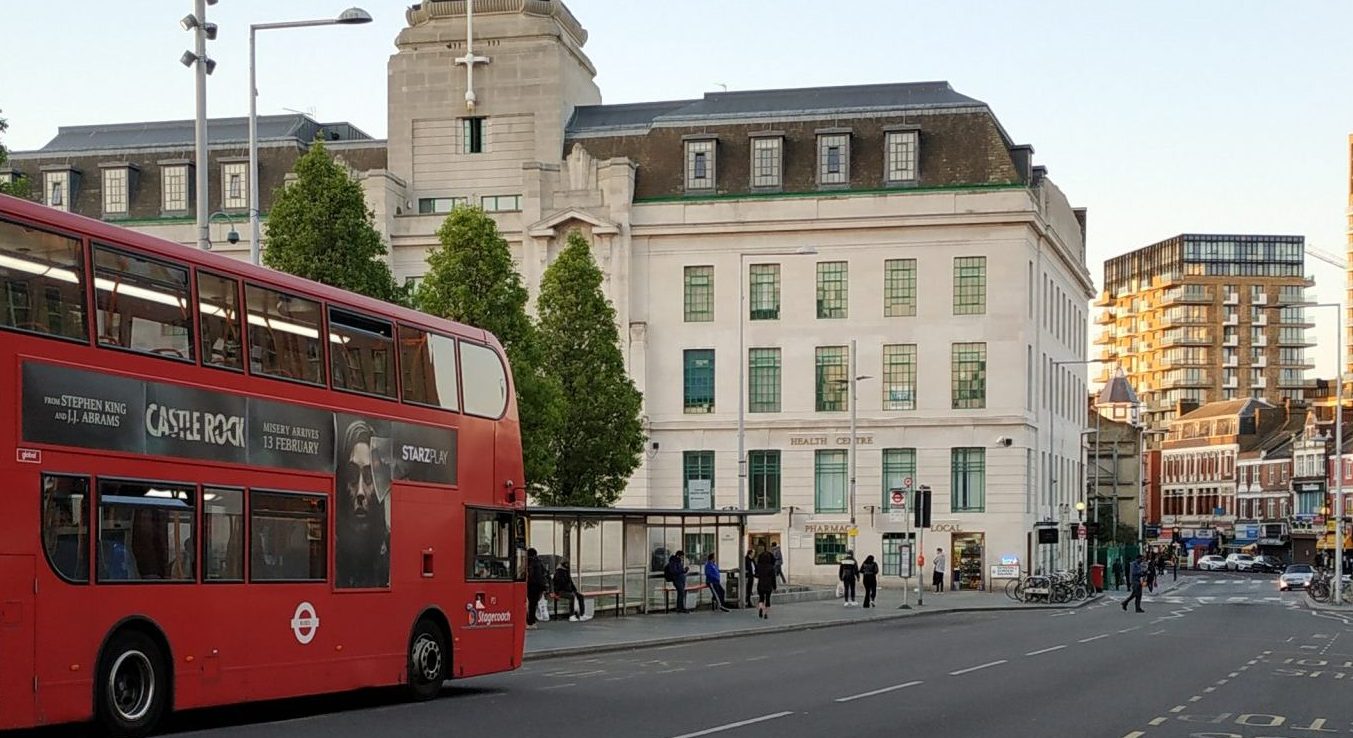
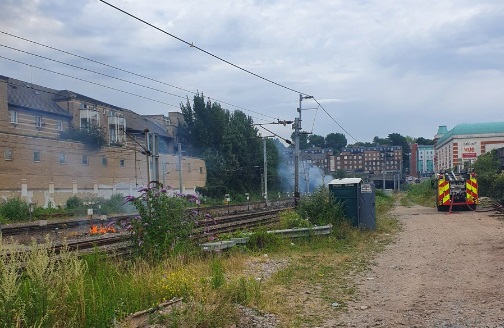
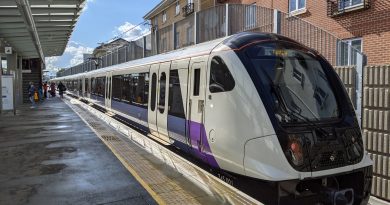
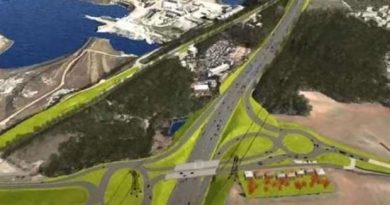
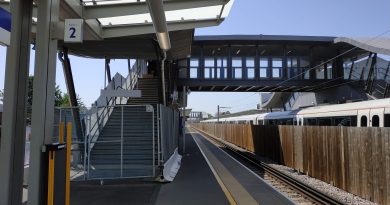
I think this is probably true in areas where they are on a tube line or with in minutes of a tube station like Central London and some other areas of London served by tube stations and the London Overground.
However, I do not believe this is the case in the London Boroughs of Bexley, Bromley, Greenwich and Lewisham where the nearest tube stations are at New Cross for The Borough of Lewisham and at North Greenwich Station for both Greenwich and Bexley Boroughs.
So again I honestly believe in these areas we will see bus usage continue to grow for many years to come as new developments are completed. With talk of crossrail now possibly being delayed to late 2021or even 2022 before the line is fully operational.
Cuts to Central London bus services were premature and should not have been introduced until crossrail fully opened and the suituation assessed for a period of a year to see our crossrail affected bus services before introducing cuts to services on routes 53 171 and 172. .
Cuts to bus services have not helped as many more passengers now need to wait longer for their buses to arrive and then have to change buses to complete their journies which also makes their journey times longer.
In the City of London it’s often quicker to take a tube than use the bus. The timings of the lights are usually quite prohibitive to begin with but then you need only see the amount of cyclists waiting at the London Bridge/Cannon Street lights or Princes/Threadneedle to see how the increased presence of cyclists has affected traffic patterns. The slower, staggered starts and number of cyclists effectively acts as another wave of traffic at the lights and this considerably slows many bus routes down. The addition of cycle lanes and the Old Street roundabout works have reduced that particular junction to a standstill until well past 9am.
It would be interesting to see a more detailed breakdown of the journeys. I suspect that buses are being seen increasingly as the last mode of transport given the reduced services and route alterations (53 immediately springs to mind) and used only by those willing to leave/finish work at unreasonable hours or those why cannot afford to travel by any other means.
I’d also consider (for Greenwich at least) the knock-on effect of private cars, HGV and works traffic increases the last few years, making already tortuous journeys (Trafalgar Road) into prolonged exercises in patience. Woolwich/Plumstead parking remains a law unto itself
On the Greenwich Line we have lost most of train services to Charing Cross which people travelling to the West End for work and also for leisure in the evenings or at the weekends. So it is services to the West End area of Central London I feel are most affecting by the cuts to both bus and train services.
A lot of people are employed in low paid jobs in the hotel and hospitality indusrty including cafes bars and restaurants. So the bus is by far the cheapest and most affordable option for them, Travelling cost can take a lot out of a persons wages each week or month.
Getting to the CIty is not really a problem as most of the trains on the Greenwich Line now terminate at Cannon Street.
Arguably, just about every bus route in London now encounters ‘traffic calming’ measures and 20mph zones. Combined they make journeys tedious and often unpleasant as buses grind on in lower gears. They are uncomfortable too, as passengers are submitted to a ceaseless assault of violent undulations throughout the journey. Travel on the 386 from Kidbrooke to Greenwich and you’ll know exactly what I mean.
It would be interesting to see what bus use is like in Barnet compared to other areas, as I gather Barnet outlawed speed bumps in 2003 and reviewed its policy by looking at design alternatives in 2016. Do a search for: ‘Traffic Calming Measures Barnet’.
Shame this initiative hasn’t caught on elsewhere, Greenwich just keeps adding bumps and making life a misery for bus users and motorists alike. One can only assume that some of our beloved councillors own plant hire companies. Maybe FromTheMurkyDepths can check bus usage against traffic calming (before and after) and 853 Blog can investigate councillors with a penchant for heavy machinery? Just a thought.
It’s quicker to walk around Greenwich than get the bus now, that’s why my usage has gone down. Four or five people in giant 4x4s can slow buses with dozens of people down to a crawl.
It’s especially bad on Trafalgar Road and Blackwall Lane during the commute.
I agree with the comments already made. Bus travel is far more unpredictable and generally less comfortable than rail or tube, even though the latter can be poor at times. Traffic and Blackwall Tunnel approach and The O2 is a contributing factor in getting to and from North Greenwich tube station. The poor design of the bus stops there don’t help either.
I do not disagree with comments about speed humps in the roads along with 20mph speed limits and other road calming measures slowing down our bus services down.
However, sadly these are needed due to youngsters using local roads as race tracks. This is not good or acceptable near schools, Homes for the elderly, etc. If more people drove more responsbiliy then may be traffic calming measures could be restricted. Poolyr parked cars on bus routes is also another reason for slowing our buses down.
I guess the real test will come after ULEZ iby the Mayor Of London is introduced through out Greater London in October 2021.
I think the ULEZ (Ultra Low Emmission Zone) when fully introdued throughout Greater London by the Mayor of London in October 2021 will affect the way a lot of people to choose to travel in London. There is no guarantee that Crossrail will be fully open by then.
I do believe local bus journeys are up with more people going to work by bus etc. One it is cheaper than the train and two parking in London is also another major issue and cost a small fortune to park every day in one of the multi storey car parks if your lucky enough to have one.